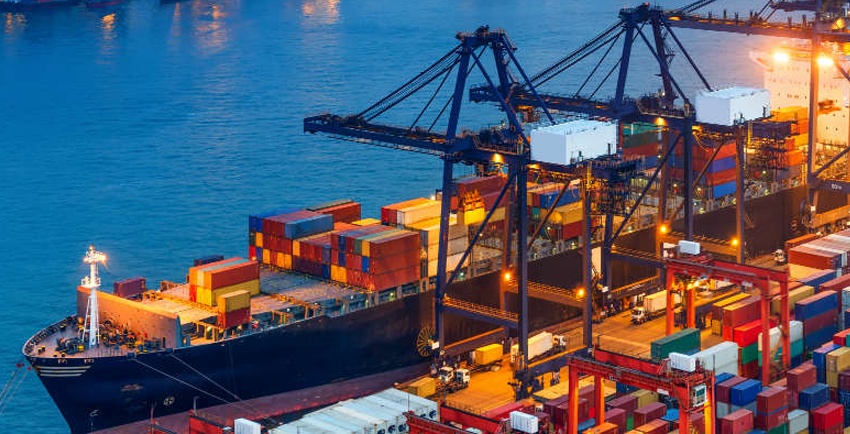Most Important Documents required for Shipping

8-Essential Documents Needed for Shipping
Any entrepreneur would easily understand that international transportation is key to reaching overseas markets. This requires one to understand the rules and regulations associated with sending goods abroad. One of the primary requisites for getting shipping done through legal channels is shipping documents, without which you cannot get a go-ahead from the concerned authorities. In this blog, we shall be shedding light on essential documents that are required to be presented for shipping purposes. It is especially meant for entrepreneurs, who look forward to expanding their business into overseas markets through shipping. Entrepreneurs need to be mindful of slight variations to documents depending on logistics and shipping couriers. There are mainly 8 documents that are vital to get your goods moving. Here they are: Pro-forma Invoice: This is the preliminary bill sent in advance to buyers along with shipment or delivery of goods. Some custom authorities check this document with the actual commercial invoice to match the contents, price, and quantity. Commercial Invoice: This includes the complete details of the transaction between the buyer and seller, including the terms of shipping. While the invoice remains a commercial instrument that states the amount due. The proforma invoice is a declaration by the seller to provides goods in accordance with a specified date and time. Packing List: This is a shipping document that contains a detailed list of the cargo including weight, dimensions, safety measures, and packaging type. The courier company mainly uses this to create a bill of landing. And in cases, banks ask this document to be included for payments under the letter of credit. Also, it is a critical document for freight forwarders to clear US customs for inspection. Bill of Landing (BOL): This is the official contract between the owner of goods or shipper and the freight carrier. This is used to confirm the receipt of goods for shipment and can only be signed by an authorized representative of the carrier. The BOL will include a detailed list - the shipping destination, information on the goods, and how they should be handled. A BOL is the most important shipping document when sending goods overseas through the appropriate legal channels. Certificate of Analysis (or Inspection): At times the buyer may require the goods to match certain benchmarks or standards. The seller provides this certificate by getting the goods inspected by a third-party inspection agency. Insurance Certificate: This is issued by an insurance company and certifies that the exporter has obtained insurance for the shipment of goods. It covers liability in the event of a loss. It is a good way to hedge the risks associated with the shipping of goods. Certificate of Origin: This document declares the country of origin for the goods being shipped. It is generally certified by the consulate or the chamber of commerce. This document ensures the benefits offered by trade treaties & agreements between countries are upheld in the right spirit. Also, it is a good practice since the rate of duty is determined by the country where the goods originated. Export License: This is an official document provided by the government, this offers the privilege to the seller to ship certain items in specified quantities. Some countries tend to go easy with this document while others have made this document mandatory. Conclusion: While the world may be moving into a paperless environment with the increased use of technology. Surprisingly, the documents required to verify the transfer of goods between countries are still done on paper in an old-fashioned way. That being said, going into the future we may see countries scaling back on such requirements facilitating easy movement of goods with less red tape.
